|
"It's the most random, unlikely roll of the dice," John Maloof and Charlie Siskel tell Nonfictionfilm.com. Oscar voters in recent years have taken a shine to what might be called the human interest documentary-- stories of remarkable characters who might have disappeared from history without the intervention of a filmmaker. Two years ago it was "Searching for Sugar Man," a film that rescued the long lost singer Rodriguez from permanent obscurity. In 2008 "Man on Wire" fascinated with the forgotten story of a Frenchman who dared in the 1970s to walk a tightrope between the towers of the World Trade Center. "Finding Vivian Maier" is the latest outstanding example of this sub-genre-- the poignant and compelling tale of a woman who quietly created a stunning body of street photography all while living a mundane and anonymous life as a nanny. "It just sounded like an amazing detective story and this mystery at the center of it--this woman who led a double life." The film, co-directed by John Maloof and Charlie Siskel, is one of the favorites heading into Sunday's Academy Awards, where it will compete with "citizenfour," "Last Days in Vietnam," "The Salt of the Earth" and "Virunga." Nonfictionfilm.com editor Matt Carey spoke with Maloof and Siskel (nephew of the late Chicago Tribune film critic Gene Siskel) about the mystery of Vivian Maier and their unexpected journey to the Academy Awards. This is an edited version of the conversation. First, a little more background: Maloof originally obtained some of Vivian Maier's negatives at a public auction-- the kind where stuff is sold off from abandoned storage units. He had no idea about the identity of the photographer or that the images had any artistic relevance. He just needed some shots for a book he was working on about Chicago. Nonfictionfilm: When you first came across the photographs Vivian was still alive. How did her possessions wind up in an auction? John Maloof: She became homeless for a while and the family that she nannied for in the 50s and 60s put her in a small studio apartment on the north side of Chicago. She didn't have enough room for all her collections of stuff... newspaper clippings, her cameras, her movies, her tapes [so they were put in storage]. All of this [we] learned after the fact. She had stopped paying on the bills. The storage facility has a contract with you that says if you stop paying we have the right to liquidate the [contents] of what's in there to repay the balance that you owe.. NFF: Where did you enter the picture? John: I was looking for images for the book I was working on, saw images of Chicago [among the items up for auction] and bought the biggest box... It was expensive for me-- 380 bucks, around there. I was like, "This is a huge gamble for maybe one or two photos we can use." But none of them even worked [for the book]. Then it became me trying to figure out, "What do I do with the work?" This was 2007. And 2008 is when I started to take up photography-- inspired by the work. I began to realize that her work was better than I had thought. It takes a while for you to realize that because it's just so much stuff to look at and you're looking at it in negative form. I start[ed] to make a little website about her and started asking galleries or auction houses-- I didn't even know where to go-- "What do you think?" and everyone's like, "Well, it's good but you don't really have any prints that are any good, so we're not really interested. Good luck." John: I had Googled her name before. But [later] I Googled it again. This time I found [her] obituary and the obituary led me to the family that knew her and that's when I found that she was this fascinating, mysterious person. "When John first found the work and was curating it people thought he was wasting his time... that it was kind of a fool's errand." Charlie Siskel: [Eventually] there was this big public reaction when John put the work online... [But] when John first found the work and was curating it people thought he was wasting his time. They thought he was certainly wasting his money because no one knew that it would amount to anything. People thought that it was kind of a fool's errand. In retrospect obviously it looks brilliant but at the time people thought he was nuts. NFF: I understand that Jeff Garlin, the actor from "Curb Your Enthusiasm," was instrumental in getting you two together for the documentary. Charlie: Jeff is someone that I've known for years. [He] is an amateur photographer and he heard about the story... John had started to make the film and was looking for someone to come on board and work with him on it. Jeff reached out to me and asked me if I had heard of Vivian Maier and I had. When I spoke with John-- we got on the phone-- he described how he had all these personal belongings that he was sifting through to try to piece together who [Vivian] was and find people who knew her and it just sounded like an amazing detective story and this mystery at the center of it-- this woman who led a double life. So I jumped at the chance to be involved. NFF: John is on camera in the film. Did you have any hesitation about participating in that way? John: It wasn't hard for me to accept that I was going to be a character in the film. It was [a question of] how that was going to be done. It could have easily been just somebody narrating... But we thought it would be more logical and easier for people to understand and take in... if [we had] me telling my story of discovery and detective work and also the unraveling of Vivian's mystery. So it was kind of like the most obvious way for us to go. Charlie: But tricky, you know. John: Very tricky. Charlie: Because obviously the subject of the film is Vivian and yet John is in a sense the protagonist... And those two things had to be kind of juggled. We did talk in terms of an A story and a B story-- the A story being the detective work to figure out who Vivian was and unravel this mystery... how she was able to amass this archive of work while juggling the day to day duties of a domestic worker and try to understand why she never showed her work... Then the B story [was the] fact that John wasn't a passive or kind of a neutral observer. He was not dispassionate. He was on a mission, as he said, to put Vivian Maier in the history books and to have her work seen and to share it with the world. "She was a presence, intimidating to some people... There was no penetrating who she was." NFF: Vivian would take pictures of street scenes while she was out and about with the children she nannied. Did the families have any idea she was a serious photographer? Charlie: I think she was ultimately seen as "the help." She was an employee and that was the nature of the relationship. To me it's really not that surprising that families would see the relationship that way and they didn't ask and Vivian didn't offer and that's why they never really knew what she was doing with that camera. NFF: There is a kind of welcoming expression on the faces of so many of the people she photographed. They don’t seem startled. They don’t seem like, “Oh my goodness, someone is intruding upon me.” There is a connection between the photographer and the subject. How do you think she was able to accomplish that? Charlie: From looking at the pictures we have the same experience that you just described. I mean Vivian was very disarming. She has been described by some people as a recluse... Vivian was the opposite of a recluse. She was an extrovert. She was very much engaged in the world and chatty with people, certain people, if she chose to be. She was private about elements of her past and didn’t over share about her private life. That’s again what we hear from her employers... I think Vivian as a street photographer was very disarming and she was clearly very empathic. She could identify to some extent with outsiders. John: She was very outspoken. She was a presence, intimidating to some people but it was a one-way street. She would ask the questions, she would control the conversation... There was no penetrating who she was. That’s it. You’re not going to get personal stories out of her. You’re not going to get her past. You’re not going to get her, you know, opening up emotionally. That’s not going to happen. Charlie: That’s where you see the intimacy come out is in her photographs-- the empathy that she had for her subjects... I think she embraced the messiness of life and the complexity and people with their flaws. NFF: You've gone through more than 100,000 images that Vivian took during her lifetime. Are there still great photographs potentially left to uncover? John: Yeah, there's a lot. There's around 600 rolls of color film that have not been processed. They are being stored in a cold storage freezer... These are 35mm rolls; there are 36 shots on a roll... There's maybe a handful of black and white rolls that haven't been processed. NFF: In the film you ask a number of Vivian's employers and the kids she nannied, "What would you like to ask her now?" So I put that to you-- what would you like to ask Vivian if you could? John: For me it would be, does she approve of the way I'm handling her art? I try to hold her art to the highest standard of any famous, historically important photographer that has existed. And if anybody approaches me with any type of proposal or exhibition I say [to myself], "Well, is [Henri] Cartier-Bresson doing something like this?" Because I don't want to cheapen her art, to make it seem like it's a commodity or something or is just like a gimmick. For example, I could easily have gone to Corbis or Getty-- because they approached me-- and her images could be all over advertisements. Instead, I went the fine art route through books and galleries, hoping that it would draw interest from [serious] institutions... And I think that way of doing it I think she would have liked. Charlie: Besides knowing that John's work would be validated by her in this way, I guess I would like to know the same for the film and the way we've told her story. I mean we really did aspire to tell the story of an artist artfully, not to create a biopic that either is some cold recitation of the facts of her life or something that would peer into every corner of her private life... I would hope-- and we'll never know-- that Vivian would be proud of both the way her work has been shown to the world and the way her story has been shared. NFF: There is an air of improbability that is woven throughout every aspect of this story-- her photographs being uncovered, this film coming about. It starts with a box of negatives and leads to the Oscars. That's pretty improbable. John: Embarking on a film, which I've never done before-- and here we are going to the Academy Awards. It is the most random, unlikely roll of the dice I think you can imagine from the start to now. If you were to say before all this happened, "Oh, by the way, I know you're not a photographer but you're going to discover a masterful box of negatives by a brilliant photographer, you're going to realize they're good by becoming an artist yourself, then realize the story behind the artist is important, making an Academy Award-nominated film." It's like, "Yeah, right." [laughs] It's crazy, it's awesome. NFF: What are your emotions as we get close to the Oscar ceremony? Excitement? Anxiety? John: Excitement, for me. I'm just going to go and have a good time with Charlie, and both of our wives will be there. To me this is more of a great celebration for a film that we made and if we walk away with an award you know that would be amazing but this is a huge honor in itself. |
AuthorMatthew Carey is a documentary filmmaker and journalist. His work has appeared on Deadline.com, CNN, CNN.com, TheWrap.com, NBCNews.com and in Documentary magazine. |
- Home
- News
- Videos
-
Galleries
- 2019 Tribeca Film Festival
- Full Frame Documentary Film Festival
- 2019 SXSW Film Festival
- SXSW 2018 Gallery
- 2019 Sundance Film Festival
- Outfest 2018 Photo Gallery
- Outfest 2017
- Sundance 2018 Photos
- 2017 LA Film Festival
- 2017 Cannes Film Festival
- Tribeca Film Festival 2017
- SXSW 2017 Gallery
- 2017 Berlin Film Festival
- Sundance 2017 Gallery
- 2016 Los Angeles Film Festival
- Cannes Film Festival 2016
- SXSW 2016 Gallery
- Berlinale 2016 Gallery
- Sundance 2016 Gallery
- Filmmaker Gallery
- About
- Contact
Proudly powered by Weebly
- Home
- News
- Videos
-
Galleries
- 2019 Tribeca Film Festival
- Full Frame Documentary Film Festival
- 2019 SXSW Film Festival
- SXSW 2018 Gallery
- 2019 Sundance Film Festival
- Outfest 2018 Photo Gallery
- Outfest 2017
- Sundance 2018 Photos
- 2017 LA Film Festival
- 2017 Cannes Film Festival
- Tribeca Film Festival 2017
- SXSW 2017 Gallery
- 2017 Berlin Film Festival
- Sundance 2017 Gallery
- 2016 Los Angeles Film Festival
- Cannes Film Festival 2016
- SXSW 2016 Gallery
- Berlinale 2016 Gallery
- Sundance 2016 Gallery
- Filmmaker Gallery
- About
- Contact
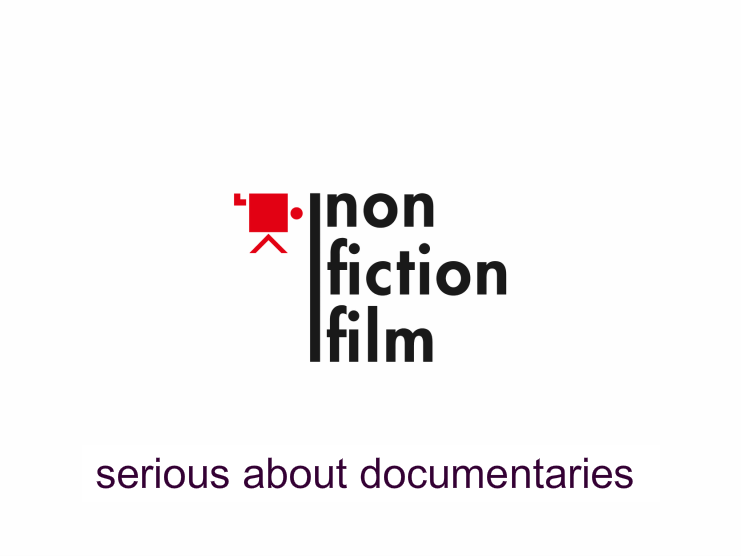
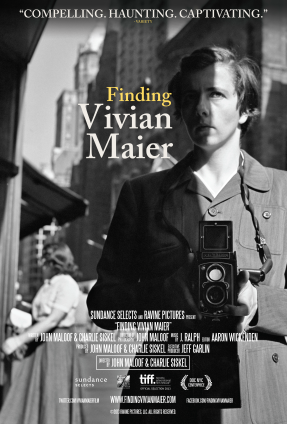
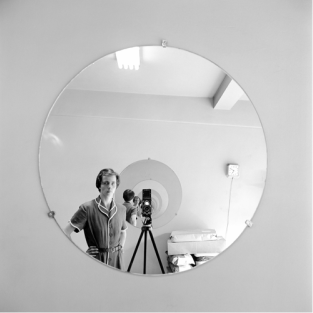

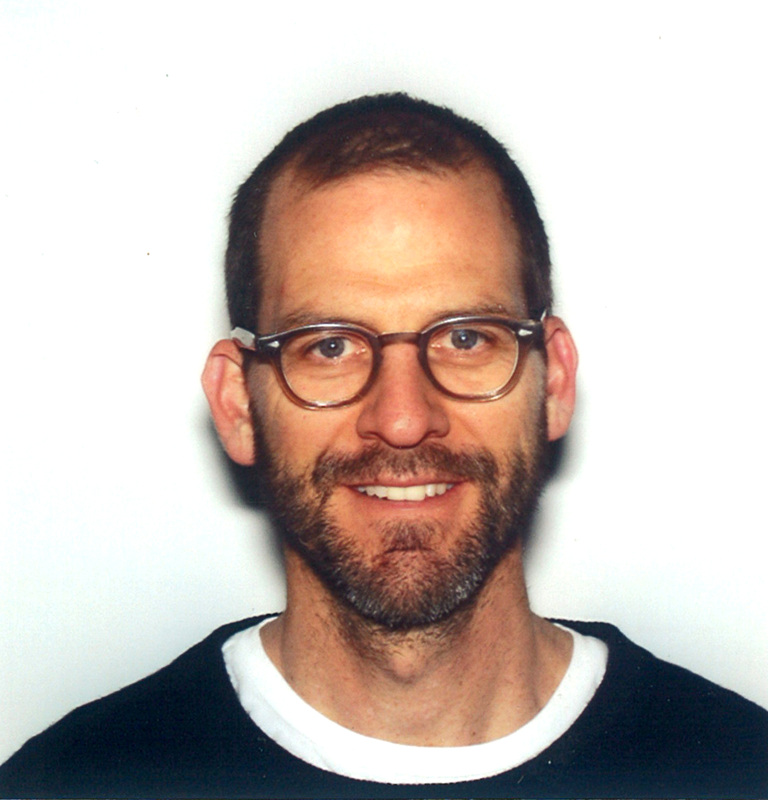
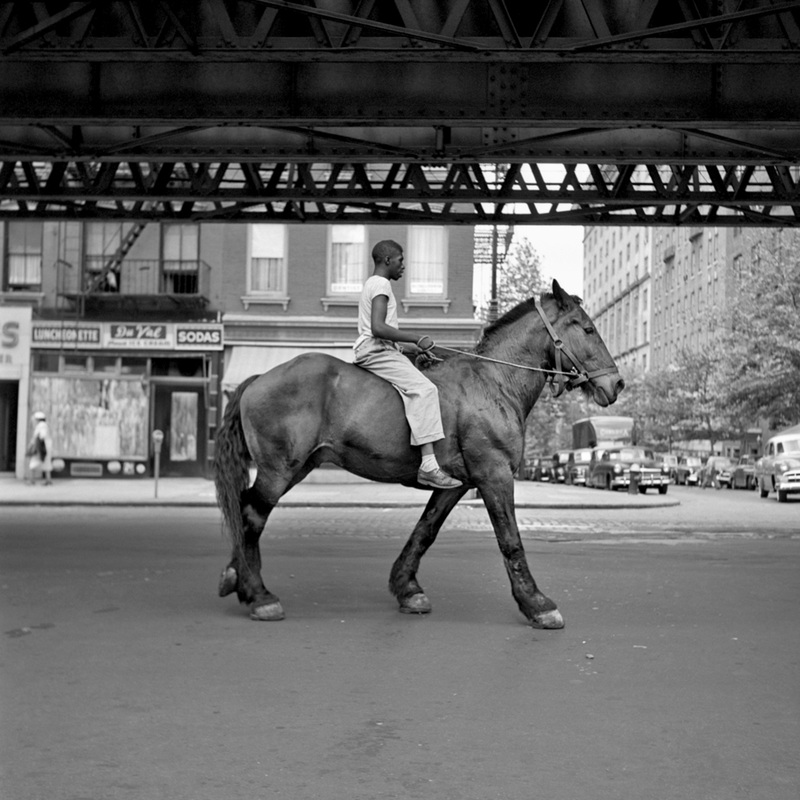
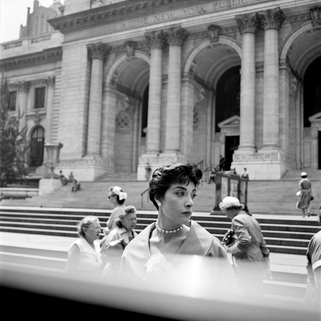
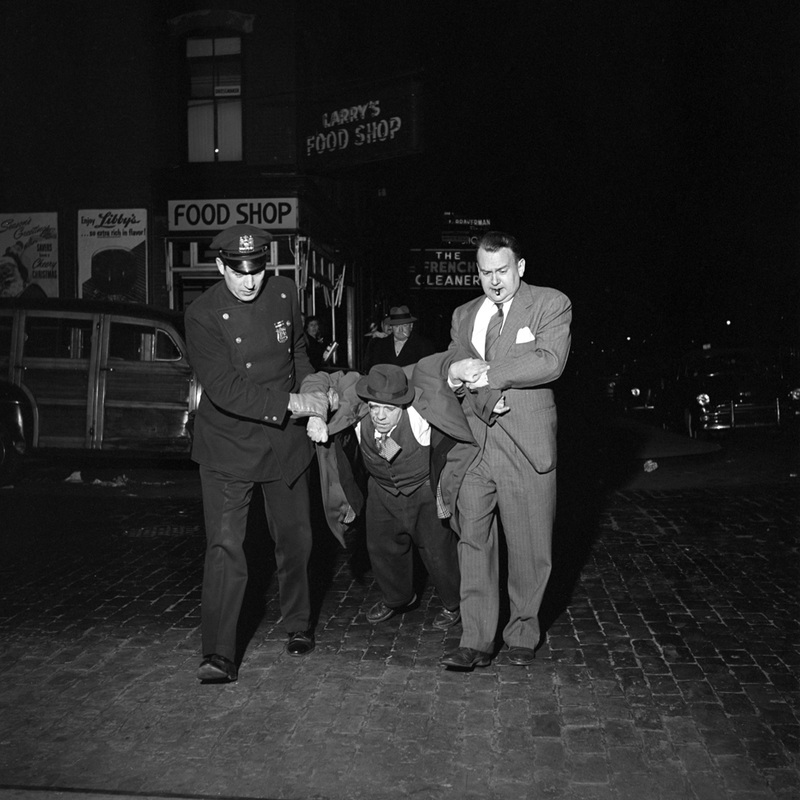
 RSS Feed
RSS Feed